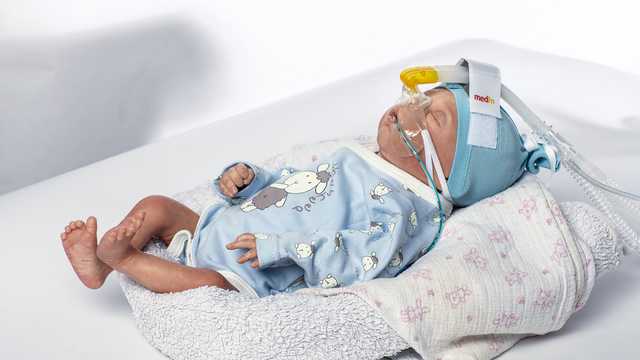
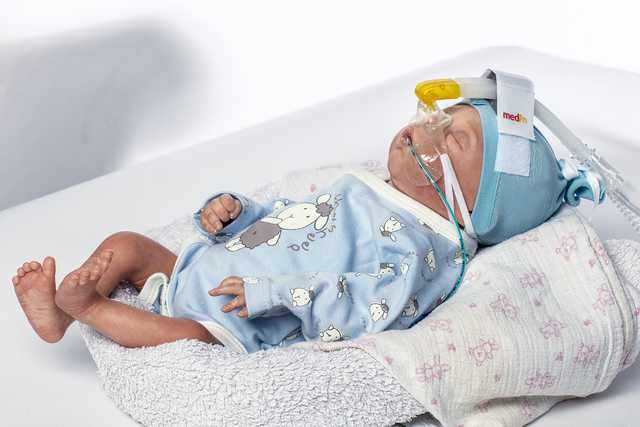
nCPAP (nasal Continuous Positive Airway Pressure) is the most commonly used mode of non-invasive respiratory support in premature infants and newborns as well as the basis for several further variants such as NIPPV, SNIPPV and NHFV. When using nCPAP, the patient must be able to breathe spontaneously, since no breaths are administered.
The main parameter in nCPAP therapy is the PEEP (positive end expiratory airway pressure) which describes the pressure at the end of expiration.
During spontaneous breathing without nCPAP, the inspiratory pressures may in some cases reach negative values in the airway. With nCPAP, the patient’s entire respiratory cycle – inspiration as well as expiration – can be kept at a positive pressure level.
Improvement in oxygenation
Prevention of alveolar collapse
Reduction in breathing effort
Maintenance of functional residual capacity
Stabilization of the airways (
medinCNO, medinCNOmini and medin-NC3 offer nCPAP in combination with expanded modes such as ApneaCPAP, NIPPV, SNIPPV or NHFV. Our EasyBlender, BubbleCPAP and the medinSINDI work exclusively with nCPAP.
In addition to these special nCPAP devices, many ventilators – for example Hamilton Medical devices – can also be used.
Common to all variants is the fact that they build up pressure in the patient’s airway from the interaction of breathing gas flow and defined resistances. The type of nasal interface plays an important role here.
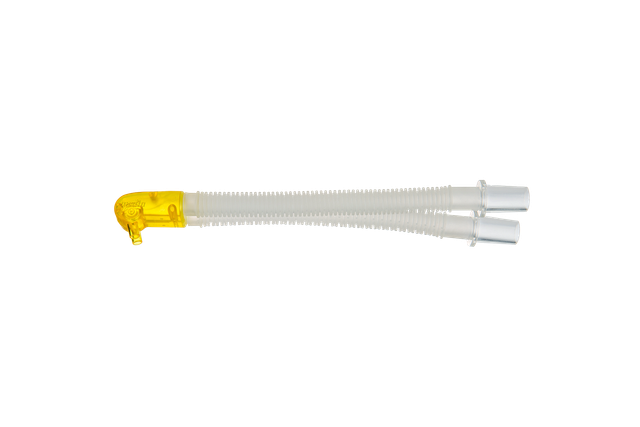
The nCPAP interface (Miniflow) is connected to a ventilator, a driver unit or with a BubbleCPAP system via an inspiratory and expiratory branch of the tubing system.
There is a valve at the end of the expiratory branch which opens or closes, depending on the selected PEEP. The gas flow circulating in the system creates the desired pressure at this valve.
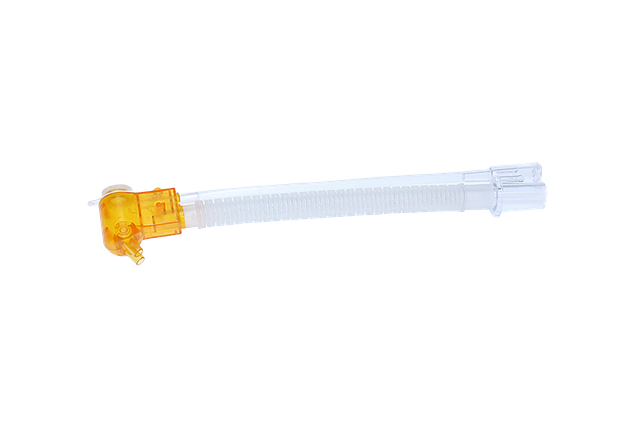
The nasal interfaces of these systems (Medijet) are equipped with a valve which generates the pressure directly at the interface in conjunction with the gas flow. They are therefore also often referred to as CPAP generators.
It is typical to use a tubing system with only one inspiratory branch in combination with a CPAP device.
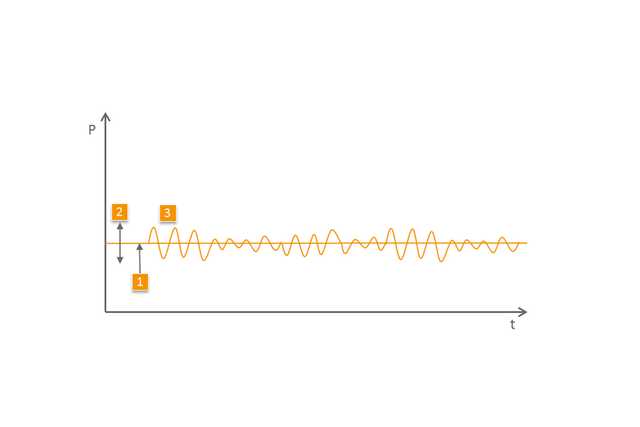
1 Peep/CPAP
2 Amplitude of the spontaneous breathing with regard to the PEEP
3 Pressure signal of spontaneous breathing